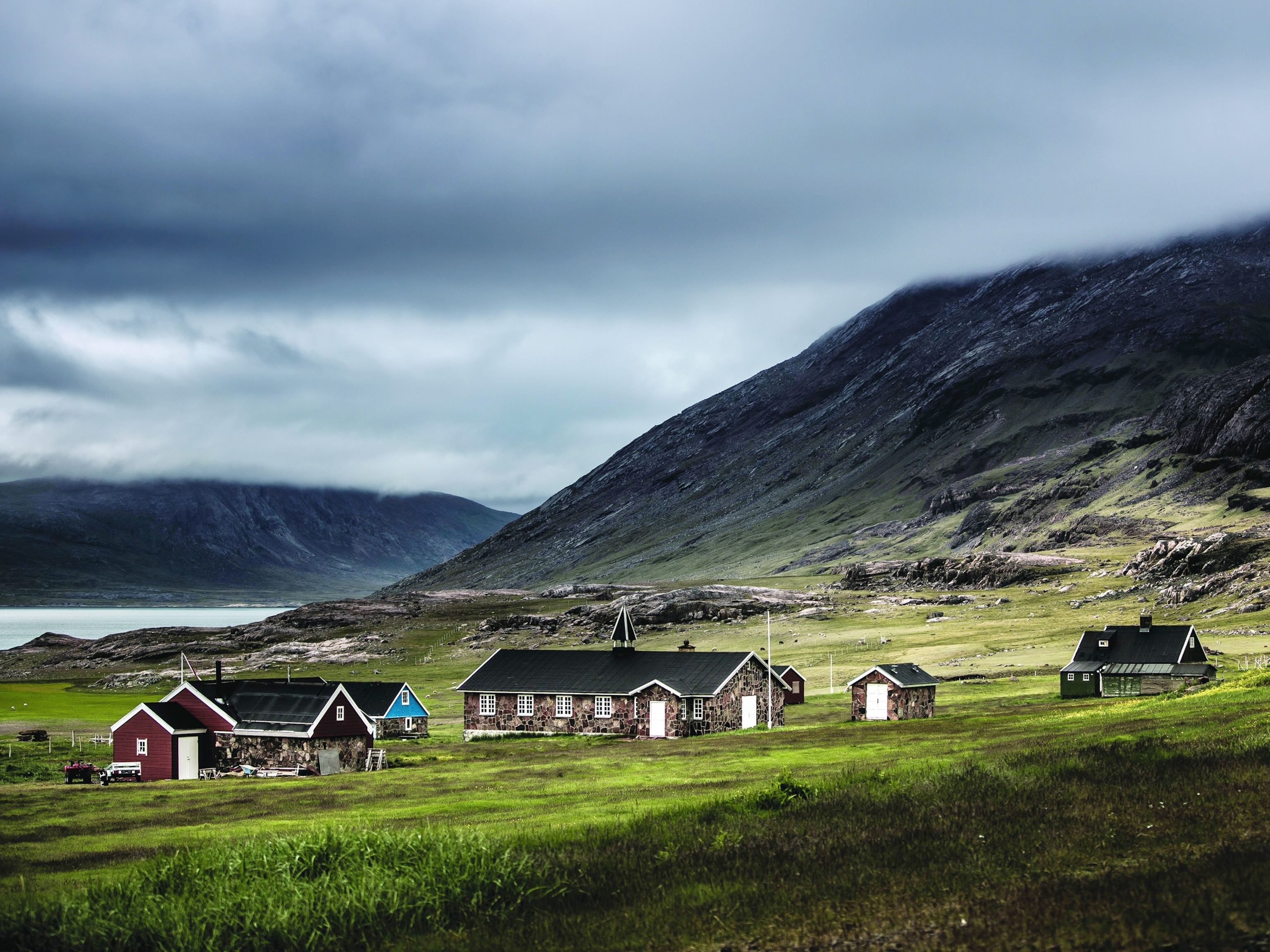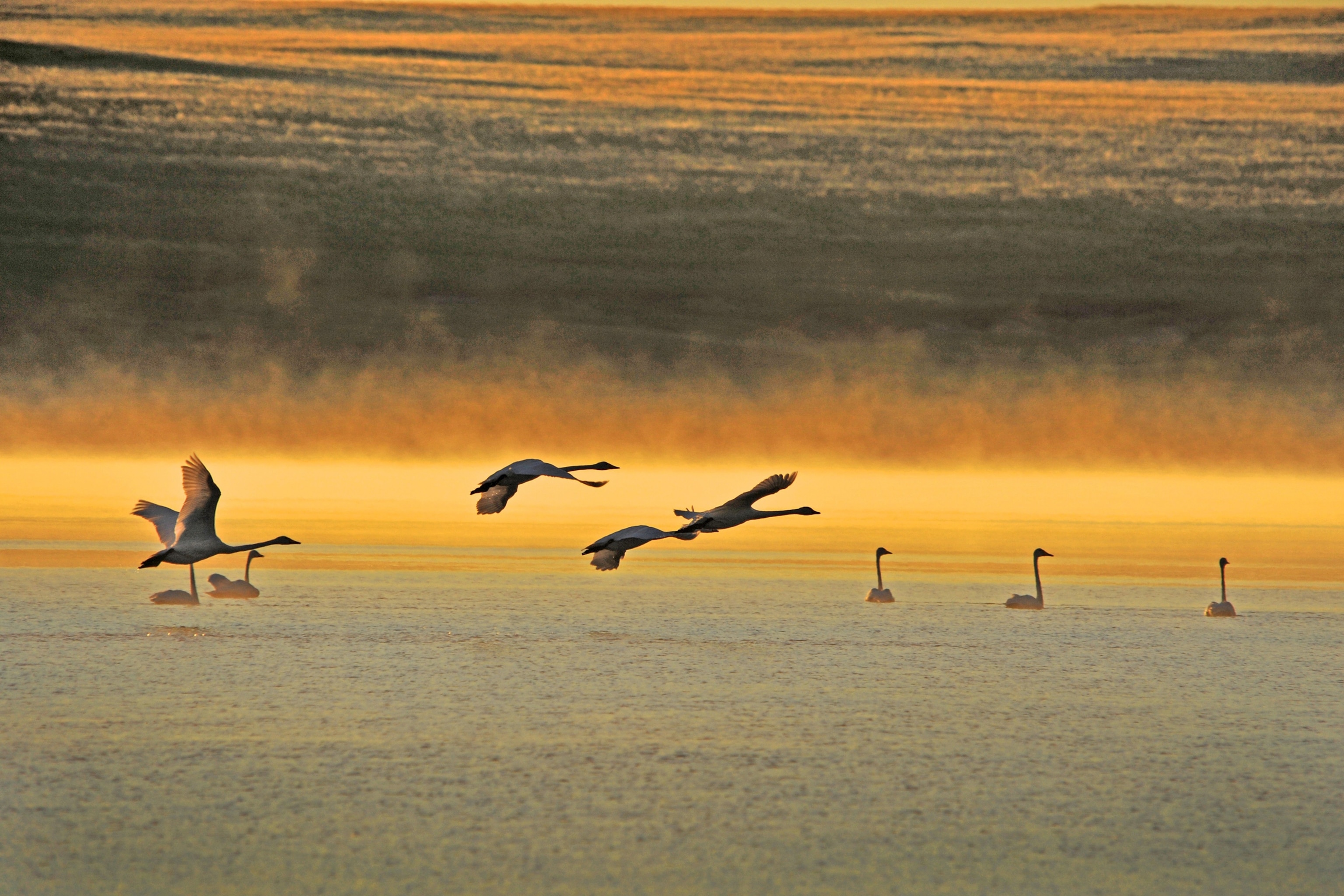What Is UNESCO World Heritage?
From masterpieces of creative genius to beautiful natural landscapes, these sites reveal the most compelling chapters of Earth's history.
Best of the best: That's the lofty standard for making the World Heritage List. Nations lobby hard to get their glorious buildings, wilderness, and historic ruins on the list, a stamp of approval that brings prestige, tourist income, public awareness, and, most important, a commitment to save the irreplaceable.
In November 1972 the United Nations Educational, Scientific and Cultural Organization (UNESCO) inaugurated the list by adopting a treaty known as the World Heritage Convention. Its continuing goal is to recruit the world community in identifying cultural and natural properties of "outstanding universal value."
UNESCO officials do not see the list as a mere trophy case of superlative places. World Heritage status commits the home nation to protect the designated location. And if a site—through natural disaster, war, pollution, or lack of funds—begins to lose its value, nations that have signed the treaty must assist, if possible, in emergency aid campaigns. As of January 2017, 193 of the world's nations have signed the treaty.


























The World Heritage program has scored high-profile successes. It exerted pressure to halt a highway near Egypt's Giza Pyramids, block a salt mine at a gray whale nursery in Mexico, and cancel a dam proposal above Africa's Victoria Falls. Its funds, provided by dues from the treaty's signers, have hired park rangers, bought parkland, built visitor centers, and restored temples. It relies on persuasive powers more than legal threats, but over a period of nearly five decades, the World Heritage initiative has quietly become a force for appreciating and safeguarding the world's special places.
As of 2018, there were 1,073 properties on the World Heritage list: 832 of cultural significance, 206 of natural significance, and 35 of mixed value. For sites in urgent need of safegaurding, Article 11.4 of the 1972 UNESCO convention established the List of World Heritage in Danger to recognize sites under threat from urban and tourism development, armed conflict, natural disasters, and abandonment. As of 2018, 54 sites are listed in danger.
You May Also Like
Go Further
Animals
- Octopuses have a lot of secrets. Can you guess 8 of them?
- Animals
- Feature
Octopuses have a lot of secrets. Can you guess 8 of them? - This biologist and her rescue dog help protect bears in the AndesThis biologist and her rescue dog help protect bears in the Andes
- An octopus invited this writer into her tank—and her secret worldAn octopus invited this writer into her tank—and her secret world
- Peace-loving bonobos are more aggressive than we thoughtPeace-loving bonobos are more aggressive than we thought
Environment
- Listen to 30 years of climate change transformed into haunting musicListen to 30 years of climate change transformed into haunting music
- This ancient society tried to stop El Niño—with child sacrificeThis ancient society tried to stop El Niño—with child sacrifice
- U.S. plans to clean its drinking water. What does that mean?U.S. plans to clean its drinking water. What does that mean?
- Food systems: supporting the triangle of food security, Video Story
- Paid Content
Food systems: supporting the triangle of food security - Will we ever solve the mystery of the Mima mounds?Will we ever solve the mystery of the Mima mounds?
History & Culture
- Strange clues in a Maya temple reveal a fiery political dramaStrange clues in a Maya temple reveal a fiery political drama
- How technology is revealing secrets in these ancient scrollsHow technology is revealing secrets in these ancient scrolls
- Pilgrimages aren’t just spiritual anymore. They’re a workout.Pilgrimages aren’t just spiritual anymore. They’re a workout.
- This ancient society tried to stop El Niño—with child sacrificeThis ancient society tried to stop El Niño—with child sacrifice
- This ancient cure was just revived in a lab. Does it work?This ancient cure was just revived in a lab. Does it work?
Science
- The unexpected health benefits of Ozempic and MounjaroThe unexpected health benefits of Ozempic and Mounjaro
- Do you have an inner monologue? Here’s what it reveals about you.Do you have an inner monologue? Here’s what it reveals about you.
- Jupiter’s volcanic moon Io has been erupting for billions of yearsJupiter’s volcanic moon Io has been erupting for billions of years
- This 80-foot-long sea monster was the killer whale of its timeThis 80-foot-long sea monster was the killer whale of its time
Travel
- How to plan an epic summer trip to a national parkHow to plan an epic summer trip to a national park
- This town is the Alps' first European Capital of CultureThis town is the Alps' first European Capital of Culture
- This royal city lies in the shadow of Kuala LumpurThis royal city lies in the shadow of Kuala Lumpur
- This author tells the story of crypto-trading Mongolian nomadsThis author tells the story of crypto-trading Mongolian nomads




